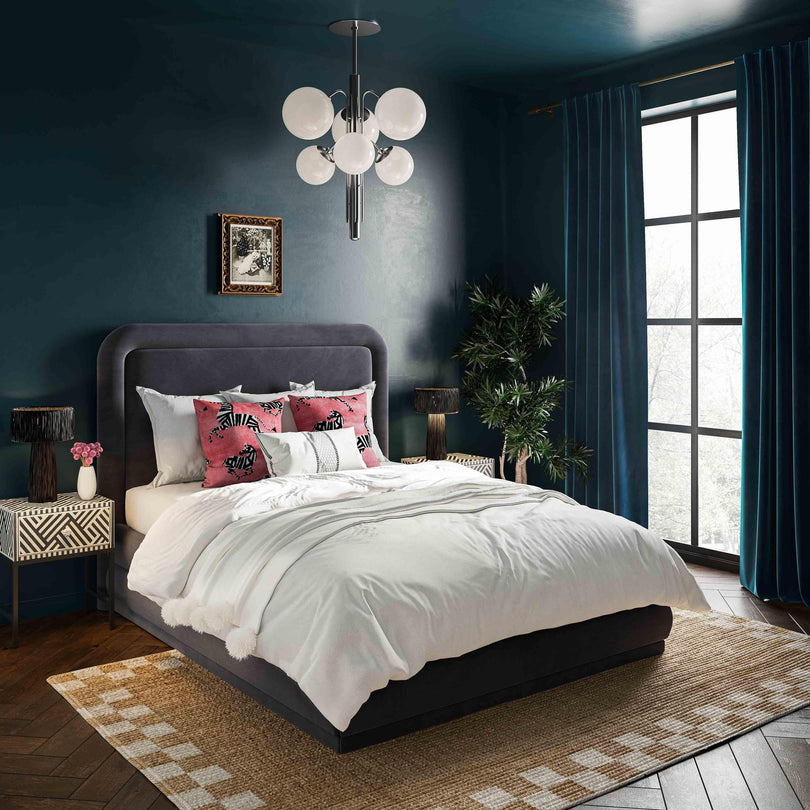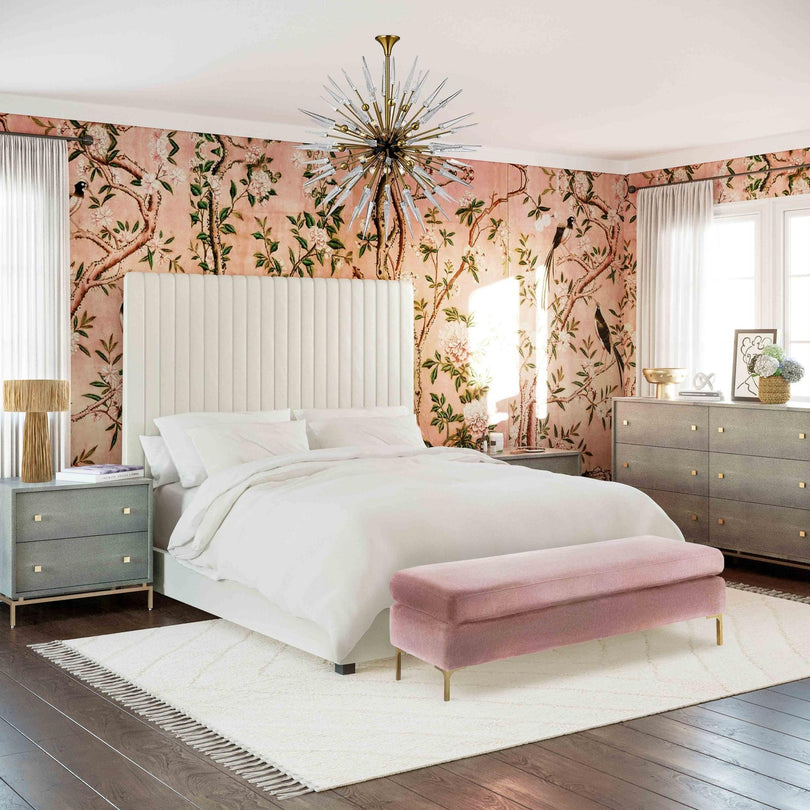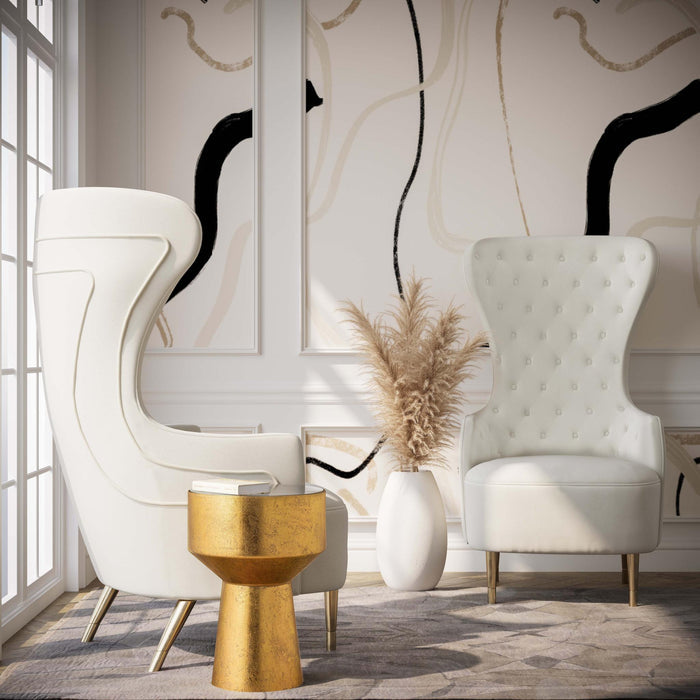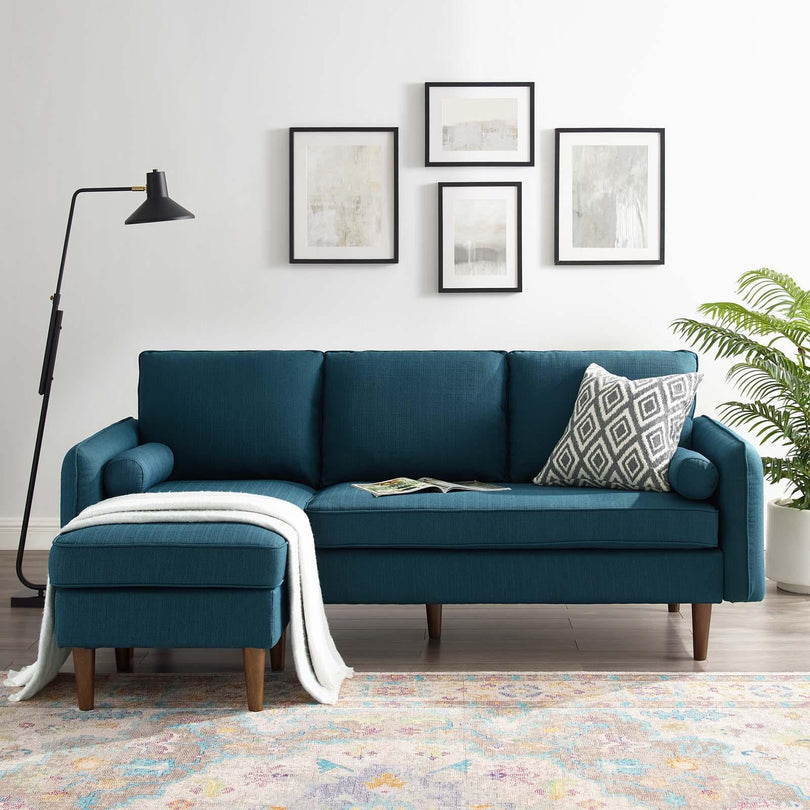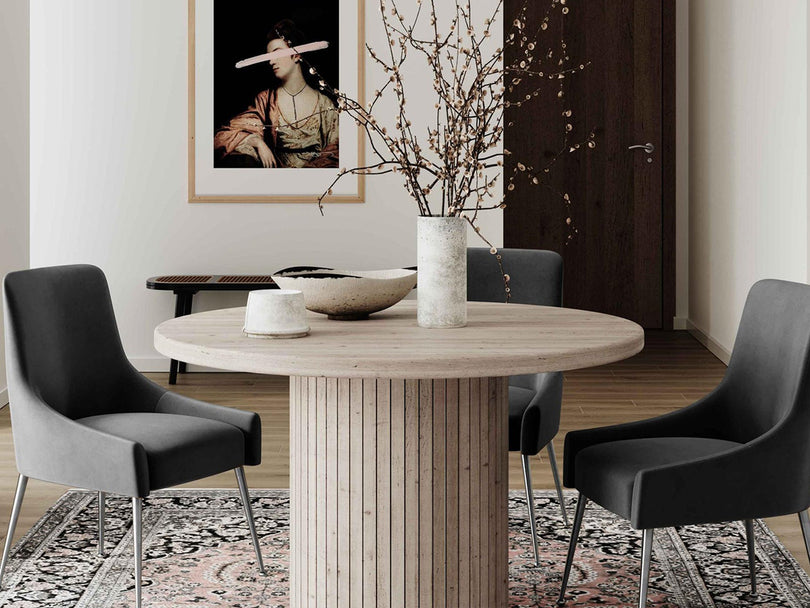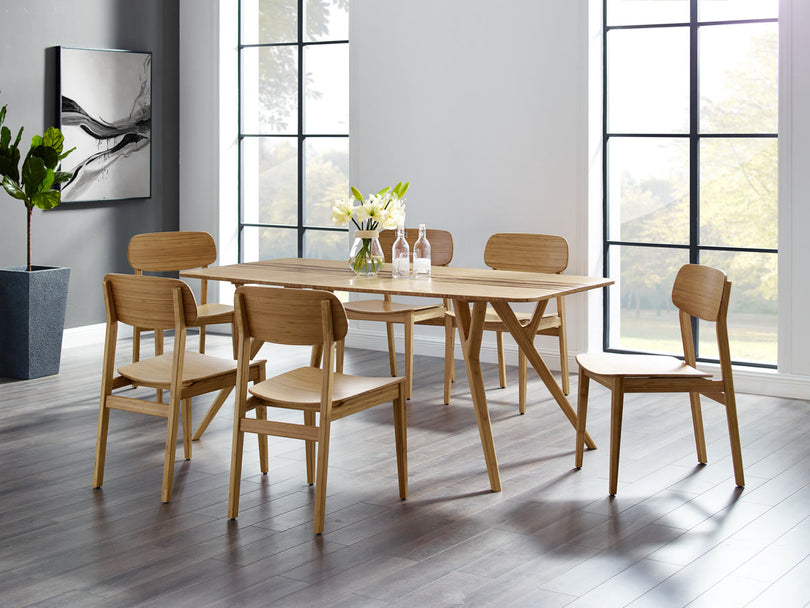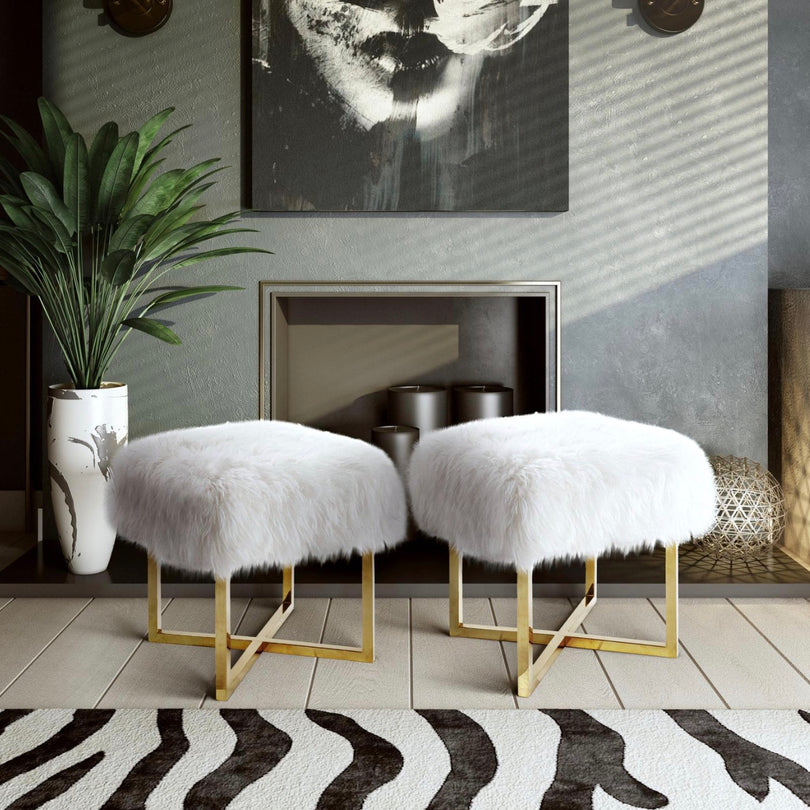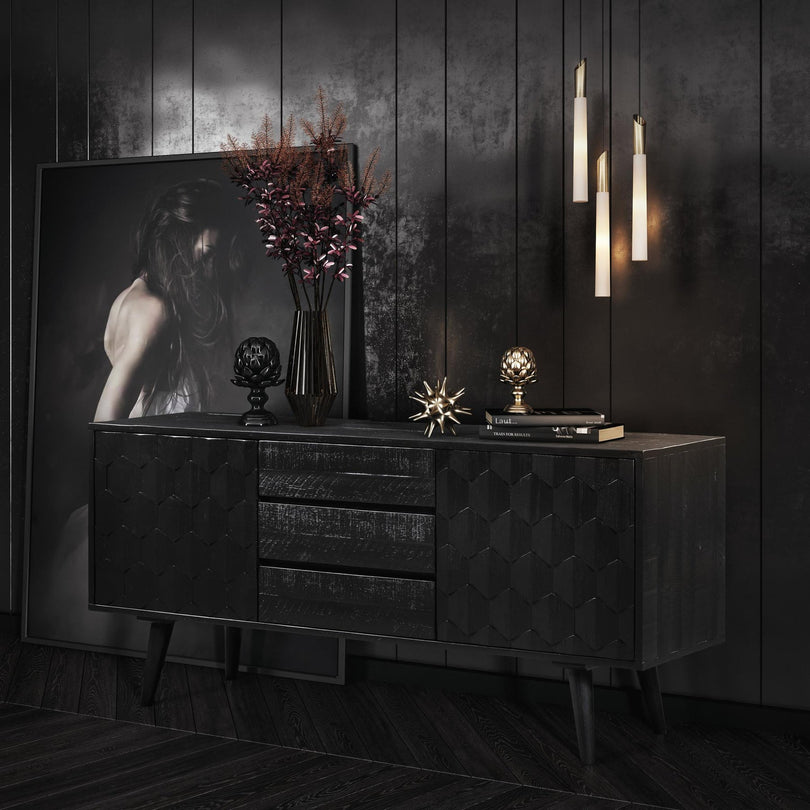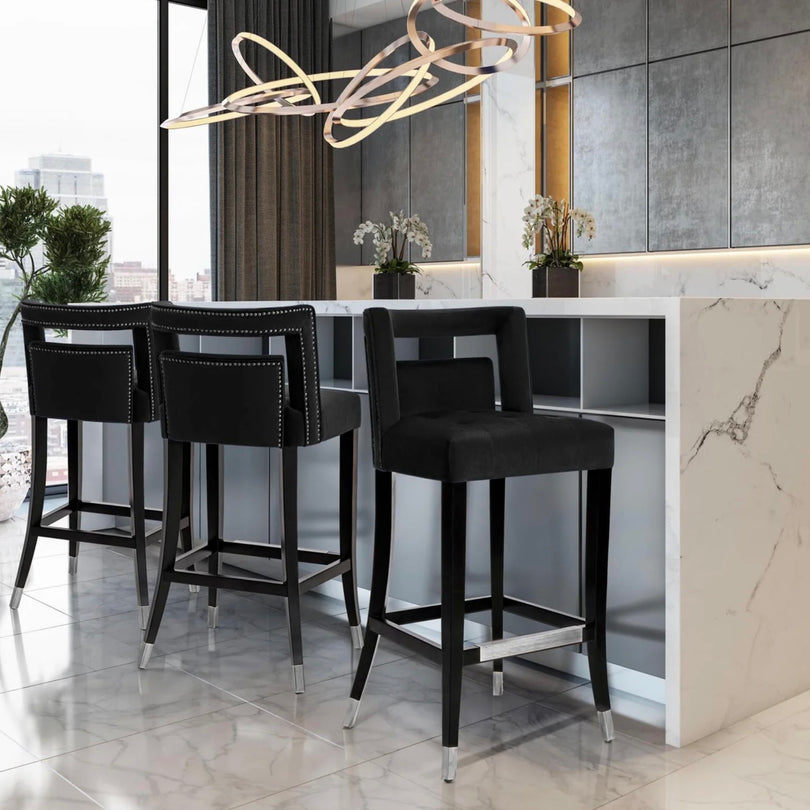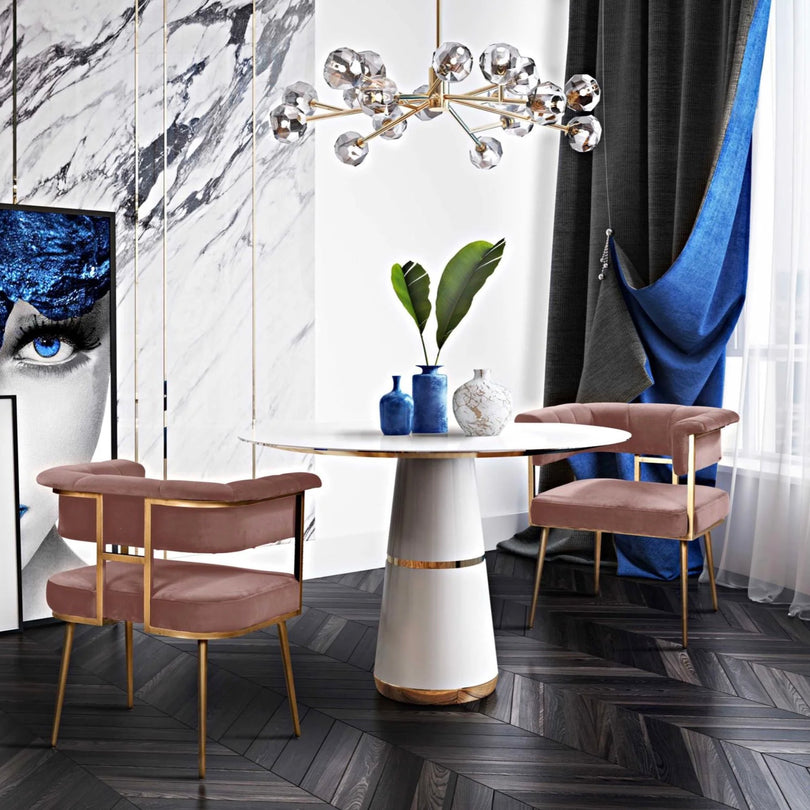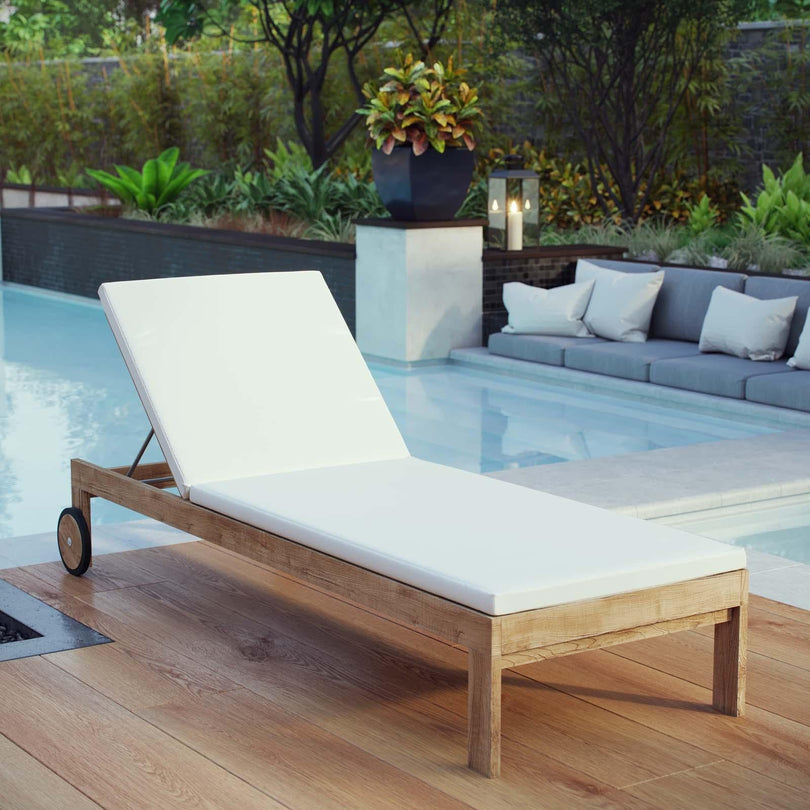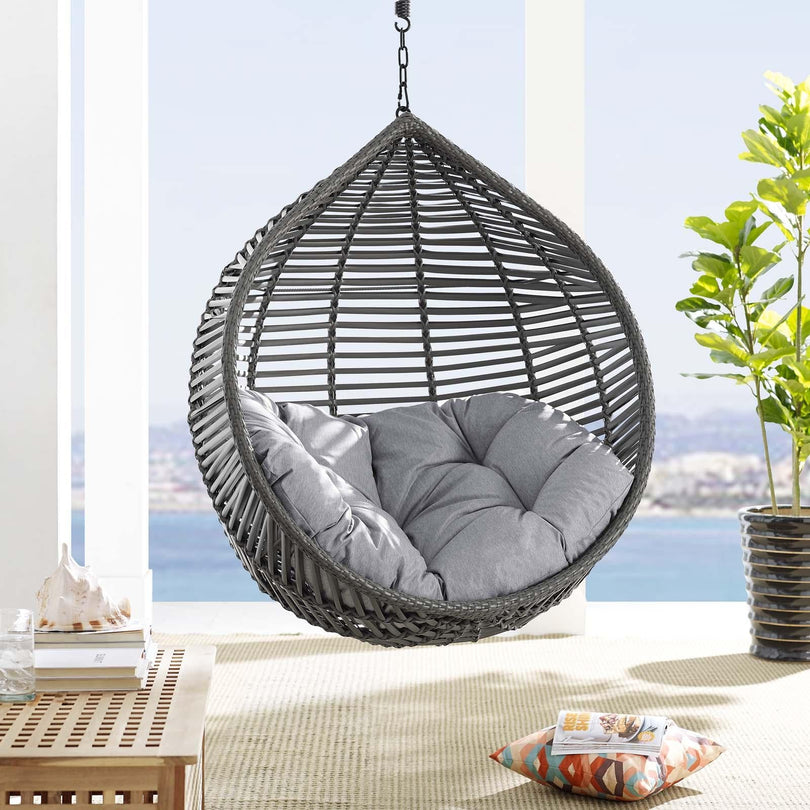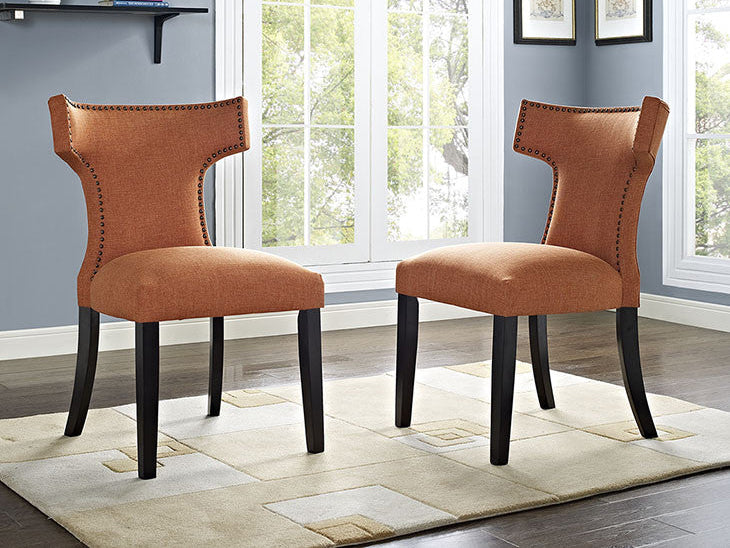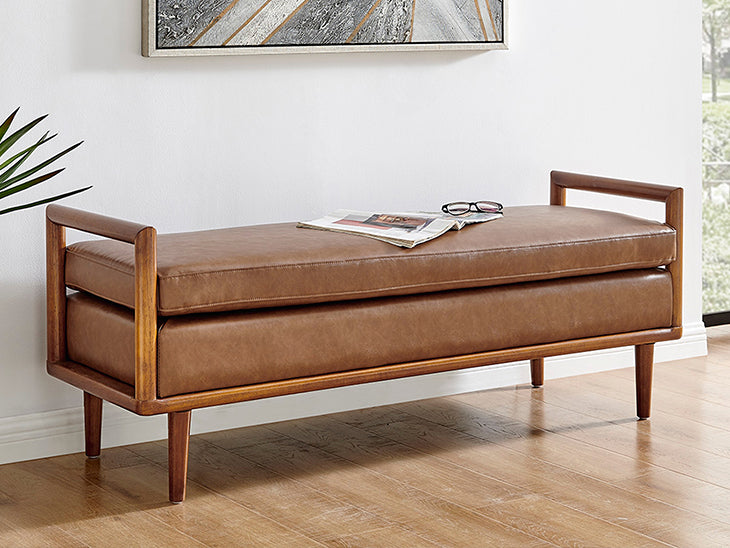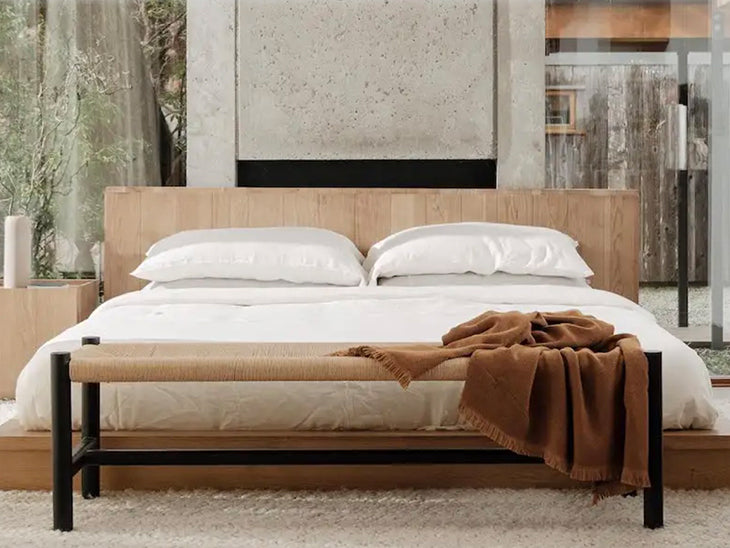Welcome to the world of interior design, where less can indeed be more! This principle specifically applies to minimalist interior design, an aesthetic widely admired for its strategic simplicity and emphasis on functionality over frills. A minimalist home works wonders at instilling a sense of calm and clarity, primarily because of its selective inclusion of essential items and amplification of open space. Closely tied to the minimalist philosophy is the furniture selection you choose to adorn your home with. This article will walk you through minimalist furniture selection and arrangement tips that can completely transform your living space into a serene and aesthetically pleasing haven. We'll also delve into the origins and core principles of minimalism, how to maintain a minimalist home, and even the benefits you're likely to enjoy should you embrace this grounding design approach. Ready to simplify? Let's dig in!
Understanding Minimalism
The art of minimalism is a lifestyle that has been admired, adopted, and practiced all over the globe by countless individuals. Essentially, it encourages the elimination of excess, focusing on what truly matters in life. Its emphasis on "less is more" advocating for simplicity doesn't imply a lack of ambition or creativity. Ironically, it embodies an elevated sense of freedom that detangles the individual from the weighty shackles of material distractions. It symbolizes an escape from mindless acquisitiveness, from the thirst for always wanting more, and instead, celebrating contentment with what already exists.
Core Principles
The basic principles underpinning minimalism are surprisingly simple but incredibly transformative:
- Intentionality: Minimalism encourages intentional decisions about what to allow into our lives and what to discard. It's about making room for items, relationships, and experiences that add value and joy.
- Freedom: Freedom from the relentless pursuit of 'more.' It liberates individuals from the pressure of societal expectations and the desire for possessions.
- Focus: Focusing on what truly matters. Being a minimalist means eliminating the 'noise' in our lives to have a clear focus on our passions, health, relationships, and personal growth.
Minimalism is a tool not limited to decluttering your home; it's a method of decluttering your life for more joy, peace, and purpose. Remember, it’s not the lack of things, activities, or relationships that makes us minimalist—it’s the intentional promotion of the things we highly value and the removal of anything that distracts us from them.
Origins
The minimalist movement traces its roots back to post-World War II Western art, most significantly in the visual arts and music. From clean, sleek lines in architecture and design to compositions with simple harmonic structures in music, minimalism was hailed as a revolutionary concept. Over time, this philosophy extended to various elements of culture and lifestyle, including literature, fashion, and even investing.
But even as we look at its modern adoption, minimalism stretches back to ancient civilizations, where philosophers like Socrates advocated for a simple, modest lifestyle. Zen Buddhism from ancient Japan, with its emphasis on simplicity and silence, also embodies the principles of minimalism.
In the contemporary world, minimalism is more than just a fad—it's a conscious choice many are making to pursue the essence of happiness and satisfaction in life. Whether you're looking to declutter your home, simplify your finances, or make thoughtful choices about the time you spend, minimalism can be a powerful tool for reshaping consumption patterns and making life genuinely fulfilling.
Minimalist Interior Design
In the world of interior décor, minimalism has carved out a niche for itself, impressing with its clean simplicity and functional intent. This design philosophy focuses on creating breathing space by reducing the elements of a room to only the needed ones. It’s a beautiful balance of aesthetics and functionality that ultimately seeks to provide you with tranquility and serenity.
Simplicity
The word "less" possibly sums up the concept of minimalism the best. The fewer objects in the room, the less clutter, which significantly assists in creating a serene, tranquil environment. However, this doesn't mean minimalism is synonymous with absence – instead, it's about the careful selection and purposeful placement of items.
- Color: Minimalist design frequently utilizes a monochromatic or neutral color palette, accentuated occasionally with vibrant tones. The idea is to make the room feel airy and filled with natural light, promoting a sense of peace and calm.
- Space: An essential aspect of a minimalist room is the value for open space. The presence of negative space is just as significant as that of objects. It helps highlight the furniture and accessories and brings a unique feeling of freedom and breathability.
- Furnishings: The furniture in a minimalist room tends to be simple yet high-quality and functional, free of excessive decorations or frivolous design details. Typically, the number of furnishings is kept to the bare minimum required for the room to be functional.
Functionality
Minimalism isn't merely a design aesthetic; it's also a way of life centered on simplicity and functionality. Each element in a minimalist design has a purpose or function, making it an efficient and practical choice for home décor.
- Storage: One of the secrets behind the decluttered look of a minimalist room is clever storage. Custom cabinetry, under-bed storage, ottomans with storage compartments - all these help keep personal items out of sight but within easy reach.
- Multipurpose furniture: As an extension of the functionality principle, minimalist design often favors multipurpose furniture – items that are compact, but can serve multiple purposes. A prime example would be convertible tables or beds that double as storage units.
- Sustainable choices: Interestingly, minimalism also promotes sustainability. By choosing fewer but high-quality items that last longer, and by reducing the need for constant redecorating, a minimalist lifestyle can contribute to a smaller carbon footprint.
In a minimalist interior design, each piece of furniture, every line, and even the colors are purposefully selected to create a living space that radiates tranquility and simplicity. By being mindful of the items we bring into our space, we can create a home that not only looks good but also feels comfortable. Minimalism in interior design is very much about harmony – a harmony that gives rise to a feeling of tranquility, order, balance, and peace.
Minimalist Furniture Selection
Why clog your peaceful sanctuary with unnecessary clutter when the magic of minimalist furniture can turn your home into a chic, serene retreat? Selecting the right pieces is key to making your room spacious, functional, and fluid. This article will guide you to consider quality over quantity, choose neutral colors, prefer smooth textures, and prioritize functional designs for a minimalist setup.
Quality over Quantity
In the world of minimalism, less is more. Replace the excess with essentials. Ensure each piece of furniture you introduce to your space not only serves a purpose but also enhances the aesthetics of your home.
- Choose furniture with a sturdy build and supreme quality.
- Focus on acquiring fewer items of greater significance.
- Do away with everything that is extraneous, and only retain what truly resonates.
"Quality, not quantity, reigns supreme in the realm of minimalism," as one design aficionado puts it. Making mindful choices while cutting back on clutter can channel simplicity, tranquillity, and functionality into your living space.
Choosing Neutral Colours
With minimalist furniture, neutral colors play a pivotal role in painting a picture of tranquil simplicity. Muted shades of beige, cream, brown, and gray, accompanied by occasional splashes of black or white, can convey an understated elegance that is pleasing to the eyes.
- Palette selection should lean towards whites and off-whites for a spacious appearance.
- Pair lighter hues with darker accents to achieve depth and contrast.
Remember, your choice of colors sets the mood of the room. Bold, vibrant hues may be exciting, but serene neutral shades echo the minimalist mantra of subtlety and refinement.
Smooth Textures
A minimalist space should soothe your senses, and incorporating smooth textures plays a significant role in achieving this calmness. Forget the fancy frills, ornate patterns, or intricate carvings; minimalism beckons simplicity.
- Choose furniture with sleek, defined lines and smooth finishes.
- Materials like glass, polished wood, or satin-finished metals serve this purpose best.
Elevating simplicity to an art form, smooth textures give the minimalist furniture a clean, unobtrusive, and tranquil appeal.
Functional Designs
Functionality forms the backbone of minimalist designs. Every piece of furniture must serve a purpose, and any décor should add a dash of simplicity, not complexity.
- Multifunctional items, like a coffee table with storage or a bed with drawers underneath, are ideal for minimalist designs.
- Gliding doors, hidden compartments, and folding tables add practicality to your space without marring its aesthetic.
In the words of a design guru, "Functionalism above flamboyance, always." This thought captures the essence of minimalist furniture selection — integrating utility with allure in the most subtle manner possible.
With these guidelines at your disposal, selecting minimalist furniture should be a breeze. Make quality, color, texture, and design your touchstones, and navigate the path to serenity and simplicity with grace and ease. Choose wisely, and let every piece of furniture in your home speak a language of minimalism.
Arranging Minimalist Furniture
Embracing the minimalist ethos is all about living with less and appreciating more. When it comes to arranging your living space, less has never been more. But where should one start when arranging minimalist furniture? While the specific design and layout may vary from person to person as well as from room to room, we've got you covered with some universally applicable concepts: creating open spaces, balancing furniture, and crafting a focal point.
Creating Open Spaces
Preserving room to breathe is essential in a minimalist setting. It doesn't necessarily mean empty spaces, but rather, thoughtful, algorithmic utilization of space. Here's how:
- Embrace Simplicity - Avoid overcrowding. Choose a few pieces of furniture that serve distinct purposes.
- Symmetry and Straight Lines - Straight lines create an illusion of more space. Align your furniture along straight lines where possible.
- Avoid Clutter - Keep it clutter-free. Use furniture with built-in storage options for neat organization.
Balancing Furniture
The correlation between minimalism and balance is indirectly proportional. The less furniture you have, the more crucial its placement becomes, impacting both the functionality and the aesthetics of the room. Some key points include:
- Gauge the Size and Scale - Ensure your furniture doesn't overpower the room or appear too insignificant. Balance is key.
- Model Spatial Interaction - Respect the interaction between different furniture pieces and plants. They should complement, not contradict each other.
- Mix up the Shapes - Combine different shapes and forms for a harmonious blend. It introduces a dynamic element into the minimalist space.
Creating A Focal Point
A focal point serves as the heart of your room. In a minimalist setup, this point commands the attention without overpowering the rest of the space.
- Go Bold with One Piece - Let one furniture piece steal the show. It could be an elegant coffee table, an eccentric chair, or an expressive piece of art.
- Position Smart - The placement of your focal point should be based on the natural path of the gaze from the entry point.
- Keep It Simple - Your focal point can be bold and beautiful, but still succumb to the minimalist mantra - simple and functional.
When it comes to arranging minimalist furniture, your living space should echo a sense of calm and tranquility, achieved through ordered design and thoughtful placement. After all, the journey to minimalism is one of 'less is indeed more.'
Maintaining a Minimalist Home
Maintaining a minimalist home is an art. It is an ongoing journey that revolves around simplicity and clarity. With less clutter, your home becomes more relaxed and focused, a sanctuary that breathes tranquility and peace.
But how does one manage to preserve such immaculate harmony without the need for constant, exhausting cleaning?
It all boils down to two key tasks:
- Regular Decluttering
- Simple Cleaning Routines
Visit our comprehensive guide on Minimalist Living to dive deeper into the concept.
Regular Decluttering
Consistently decluttering your home is non-negotiable in maintaining a minimalist lifestyle. Instead of waiting for items to pile up, implementing a regular decluttering routine allows you to evaluate and discard unnecessary pieces continuously.
Here's how you can establish a hassle-free decluttering routine:
- Set a Schedule: Establish a regular decluttering schedule. Be it monthly, weekly, or daily - do what fits your lifestyle best.
- All Rooms Matter: Don't forget any room. From kitchen to basement, every corner of your house should be a part of this routine.
- Follow the One-In, One-Out Rule: Every time a new item enters your home, ensure that one existing item gets discarded. This rule will prevent new clutter from accumulating.
Simple Cleaning Routines
While diving into cleaning may sound dreary, it isn't! A minimalist home should not only look clean but also feel clean. The key to maintaining a sparkling home lies in simple cleaning habits:
- Regular Dusting and Vacuuming: These are your first line of defense against dirt and debris. Stick to a regular schedule to keep your home dust-free.
- Instant Clean-ups: If you ever spill something, clean it up right away. Postponing the clean-up will only make things worse, not to mention stressful.
- Multipurpose Cleaning Products: Who needs dozens of barely used specialty products? Stick to a few versatile cleaners to simplify the cleaning process.
Remember, maintaining a minimalist home is less about a dramatic purge and more about consistent, mindful habits. Through regular decluttering and simple cleaning practices, you too can enjoy the serenity that a minimalist home brings!
Benefits of Minimalism
The modern world often feeds us the narrative that "more is better." More clothes, more gadgets, more space, more money - it seems success is measured by how much we can accumulate. However, an increasing number of people are defying this consumption-centric culture to embrace minimalism, a lifestyle centered around owning less and living more. Let's delve into some of the transformative benefits of minimalism, including reduced stress, an increase in focus, and financial savings.
Reduced Stress
Living in spaces cluttered with needless possessions can create a chronic state of stress. Ironically, the things we once desired can become the burdens that weigh us down emotionally and mentally.
- Visualize living in a tidy, uncluttered environment - the calming influence this kind of space can have on your mental health is substantial. A benefit of minimalism is that it favors quality over quantity, allowing you to eradicate the non-essential items that contribute to stress. With fewer belongings, there's less to clean, less to organize, and most importantly, less to worry about. Embracing minimalism can lead to a significant reduction in stress levels, promoting more peaceful and relaxed living.
Increased Focus
Being constantly surrounded by superfluous objects tends to divert our attention, preventing us from focusing on what truly matters. With everything vying for a piece of our attention, it's easy to become mentally overloaded.
In contrast, minimalism encourages simplicity and clarity. By eliminating complications and distractions, this lifestyle assists in honing our focus on the crucial aspects of life, such as personal growth, relationships, and hobbies. Embracing a minimalist lifestyle enables us to cut through the noise, increase productivity, and laser-focus on the tasks that genuinely require our attention.
Financial Savings
An underrated advantage of minimalism is the potential for financial savings. Regularly purchasing items we don't need puts a strain on our finances, and before we know it, we're tangled up in the web of consumer debt.
However, the ethos of minimalism encourages us to pause and consider the importance of each purchase, leading to fewer impulsive buyings. Over time, these modest savings can add up to a significant amount. Therefore, minimalism helps not just to declutter your physical space but also to unfetter your financial health.
In an era where consumerism permeates every aspect of our lives, minimalism stands out as a viable lifestyle option that can lead to less stress, increased focus, and substantial financial savings. It goes beyond decluttering, nudging you towards a lifestyle that values quality over quantity, meaning over material, and intention over impulse. Minimalism could be the key to living a more purposeful and fulfilling life. Give it a try, and it might just transform your life in ways you never imagined!
Conclusion
Embracing a minimalist approach to interior design may seem daunting initially. From understanding its core principles to meticulously choosing the right furniture, it's undeniable that designing a minimalist home is both an art and a journey. However, it's a journey that comes with a beautiful reward—a tidy, stress-free space that channels simplicity, functionality, and elegance.
What's more, Minimal & Modern is here to make your journey towards creating your dream minimalist haven smooth and enjoyable. With our wide range of sophisticated and functionally-designed minimalist furniture, specifically handpicked from the highest quality materials, we're excited about helping you transform your home into a tranquil oasis. End this inspiring home improvement journey by visiting Minimal & Modern and discovering the perfect piece that complements your refined taste.
Remember, minimalism isn't just a design preference. It's a lifestyle that reduces clutter, enhances focus, and ultimately improves overall life quality in a world that continually pushes us toward excess. Therefore, opt for minimalist interior design today, and begin the journey to a more organized, serene, and focused life. After all, as the saying goes, "less is more." And in the world of interior design, these are words to live by.
Frequently Asked Questions
-
What is minimalist furniture?
Minimalist furniture refers to furniture pieces that have a clean, simple, and uncluttered design. They are often characterized by sleek lines, neutral colors, and a focus on function over decoration.
-
Why is minimalist furniture popular in interior design?
Minimalist furniture is popular in interior design because it helps create a sense of calmness, simplicity, and spaciousness in a room. It also promotes a clutter-free environment and allows the focus to be on the essential elements of the space.
-
What are some essential minimalist furniture pieces for homeowners?
Some essential minimalist furniture pieces for homeowners include: 1. A simple and functional sofa, 2. A minimalist dining table and chairs, 3. Sleek storage solutions like minimalist shelving, 4. A minimalistic bed frame and bedside table, and 5. Minimalist lighting fixtures.
-
How can I incorporate minimalist furniture into my home?
To incorporate minimalist furniture into your home, start by decluttering and getting rid of unnecessary items. Choose furniture pieces with clean lines and a neutral color palette. Opt for function over decoration and keep accessories and decorations to a minimum.
-
Where can I find minimalist furniture for my home?
You can find minimalist furniture for your home at various furniture stores, both online and offline. Look for stores that specialize in minimalist or contemporary designs. Additionally, you can also consider custom-made furniture to fit your specific needs and style.

